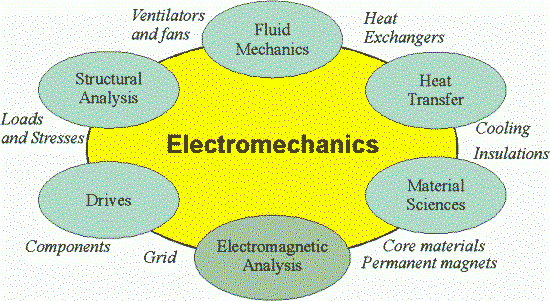 Microelectromechanical systems (MEMS) have roots in the silicon revolution, which can be traced back to two important silicon semiconductor inventions from 1959: the monolithic integrated circuit (IC) chip by Robert Noyce at Fairchild Semiconductor, and the MOSFET (metal-oxide-semiconductor field-effect transistor, or MOS transistor) by Mohamed M. Atalla and Dawon Kahng at Bell Labs. MOSFET scaling, the miniaturisation of MOSFETs on IC chips, led to the miniaturisation of electronics (as predicted by Moore’s law and Dennard scaling). This laid the foundations for the miniaturisation of mechanical systems, with the development of micromachining technology based on silicon semiconductor devices, as engineers began realizing that silicon chips and MOSFETs could interact and communicate with the surroundings and process things such as chemicals, motions and light. One of the first silicon pressure sensors was isotropically micromachined by Honeywell in 1962.
Microelectromechanical systems (MEMS) have roots in the silicon revolution, which can be traced back to two important silicon semiconductor inventions from 1959: the monolithic integrated circuit (IC) chip by Robert Noyce at Fairchild Semiconductor, and the MOSFET (metal-oxide-semiconductor field-effect transistor, or MOS transistor) by Mohamed M. Atalla and Dawon Kahng at Bell Labs. MOSFET scaling, the miniaturisation of MOSFETs on IC chips, led to the miniaturisation of electronics (as predicted by Moore’s law and Dennard scaling). This laid the foundations for the miniaturisation of mechanical systems, with the development of micromachining technology based on silicon semiconductor devices, as engineers began realizing that silicon chips and MOSFETs could interact and communicate with the surroundings and process things such as chemicals, motions and light. One of the first silicon pressure sensors was isotropically micromachined by Honeywell in 1962.
An early example of a MEMS device is the resonant-gate transistor, an adaptation of the MOSFET, developed by Harvey C. Nathanson in 1965. During the 1970s to early 1980s, a number of MOSFET microsensors were developed for measuring physical, chemical, biological and environmental parameters. In the early 21st century, there has been research on nanoelectromechanical systems (NEMS).